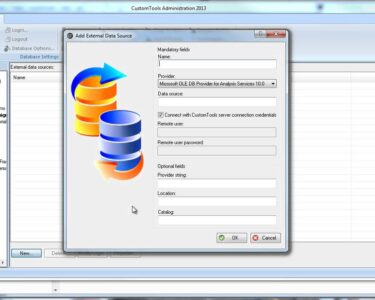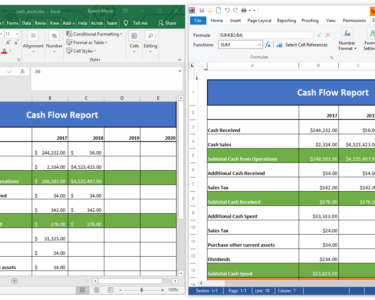
Microsoft Excel: Time-Saving Macros and Automation
Microsoft Excel is a powerful tool for data analysis and management. However, repetitive tasks can consume a lot of your valuable time. Macros and automation can help you streamline your workflow and save hours of tedious work.
What are Macros?
Macros are small programs that can be recorded to automate repetitive tasks in Excel. They consist of a series of commands that you can replay at any time to perform the same actions.
Creating Macros
To create a macro, follow these steps:
- Click the "Developer" tab in the ribbon menu.
- In the "Code" group, click "Record Macro."
- Give your macro a name and description.
- Perform the actions you want to automate.
- Click "Stop Recording" to finish.
Running Macros
Once you have created a macro, you can run it by clicking the "Macros" button in the "Code" group. You can also assign a keyboard shortcut to the macro for quick access.
Advanced Automation with VBA
For more complex automation tasks, you can use Visual Basic for Applications (VBA), a programming language built into Excel. VBA allows you to create custom functions, automate worksheet events, and connect to external data sources.
Time-Saving Examples
Formatting Data:
- Create a macro to quickly apply specific formatting (e.g., fonts, colors, alignments) to a range of cells.
- Automate the conversion of numbers to dates or currency.
Data Manipulation:
- Use a macro to insert or delete rows and columns based on specific criteria.
- Sort and filter data dynamically using VBA.
- Create custom dialog boxes to collect user input for data processing.
Worksheet Management:
- Automate the creation and deletion of worksheets.
- Copy or move data between worksheets.
- Hide or unhide worksheets based on conditions.
Benefits of Macros and Automation
Time Savings: Macros eliminate the need to perform repetitive tasks manually, freeing up your time for more productive activities.
Consistency: Macros ensure that tasks are performed consistently, reducing errors and improving data quality.
Flexibility: Macros can be customized to meet your specific needs and workflow.
Increased Productivity: By automating routine tasks, macros allow you to focus on more complex and strategic work.
Conclusion
Macros and automation in Microsoft Excel are powerful tools that can significantly improve your efficiency and productivity. By understanding the basics of macro creation and leveraging VBA for advanced automation, you can streamline your workflows, save time, and enhance your data analysis capabilities.


